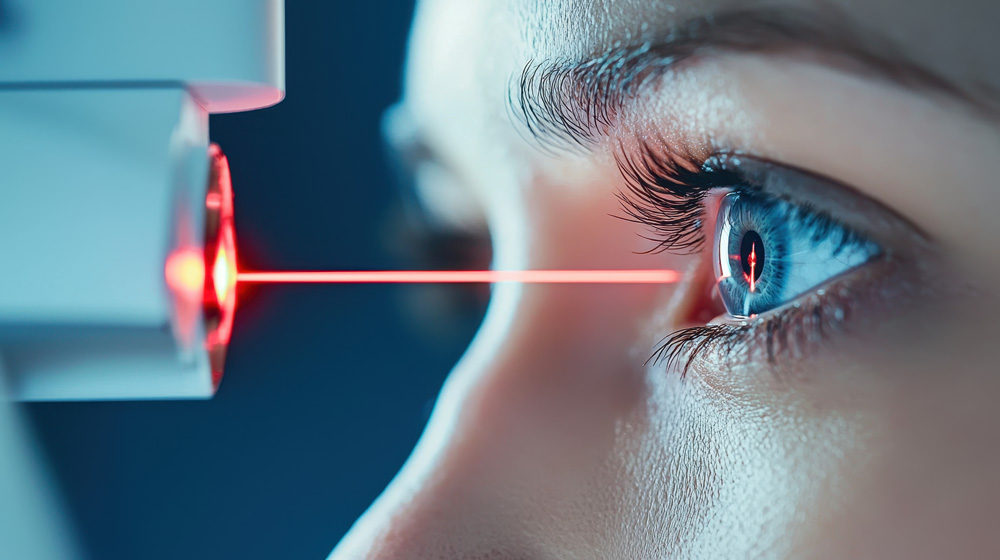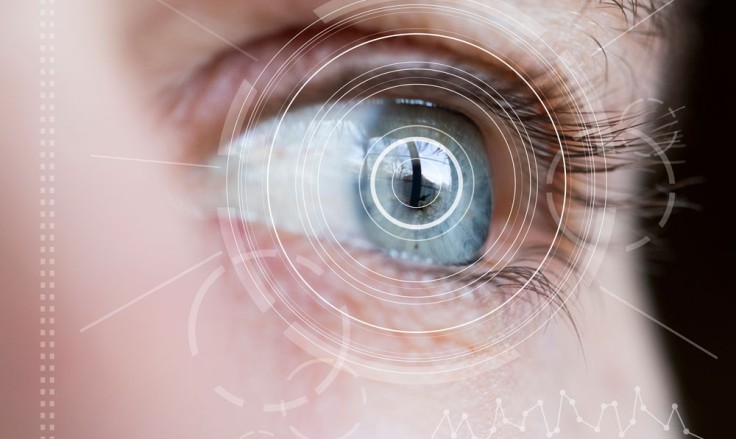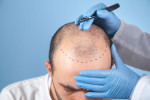Astigmatism can make your world appear blurred or distorted. Thankfully, advanced LASIK surgery provides a clear and lasting solution. With modern technology, patients can now enjoy improved focus and sharper vision without dependence on glasses. LASIK for astigmatism has become one of the most trusted corrective treatments. It delivers fast recovery and consistent results.
Understanding Astigmatism and Its Causes
Astigmatism occurs when the cornea or lens has an irregular shape. This irregularity prevents light from focusing evenly on the retina. As a result, images appear blurry or stretched at any distance. Common symptoms include eyestrain, headaches, and frequent squinting. While glasses or contact lenses can help, they only provide temporary correction. Many people now choose laser surgery for a permanent solution.
Astigmatism may develop naturally at birth or appear after an eye injury. Although it often coexists with short-sightedness or long-sightedness, LASIK can effectively correct all three. Because of its precision and safety, LASIK is a preferred method for treating vision irregularities.
How LASIK Corrects Astigmatism
LASIK, which stands for Laser-Assisted In Situ Keratomileusis, reshapes the cornea to enhance light focus. During surgery, a small flap is created on the cornea’s surface using a femtosecond laser. Another laser then gently reshapes the underlying corneal tissue. This adjustment corrects the irregular curvature responsible for astigmatism.
Once the reshaping is complete, the flap is repositioned to heal naturally. Because the process is quick and precise, discomfort is minimal. Most procedures take only 15 minutes for both eyes. As the cornea heals, light focuses correctly on the retina, restoring clarity and sharpness.
Benefits of LASIK for Astigmatism
LASIK offers several advantages beyond clear vision. Firstly, it provides rapid results, with many patients noticing improvements within hours. Secondly, it eliminates or significantly reduces the need for glasses or contact lenses. Thirdly, it delivers lasting correction because the cornea maintains its new shape after healing.
Additionally, LASIK is highly customisable. Each treatment plan is tailored to individual eye conditions using precise diagnostic mapping. This ensures accuracy and enhances safety. Furthermore, LASIK recovery is remarkably quick, allowing patients to resume normal routines soon.
What Happens During the LASIK Procedure
Before surgery, a thorough eye examination determines suitability for LASIK. The surgeon evaluates corneal thickness, shape, and stability. Once confirmed, anaesthetic eye drops are applied for comfort. Patients remain awake but relaxed throughout.
The surgeon then uses a laser to create a corneal flap. Next, a second laser reshapes the cornea to correct the astigmatism. The flap is gently placed back without stitches, where it naturally adheres. The entire process is painless and completed in minutes. Patients usually rest briefly before heading home.

Recovery Time After LASIK
Recovery after LASIK for astigmatism is straightforward. Most patients experience clearer vision within 24 hours. Minor dryness or light sensitivity may occur but improves quickly. Eye drops are prescribed to aid healing and prevent infection.
During the first few days, it’s important to avoid rubbing the eyes or exposing them to water. Screens should be used moderately, and sunglasses worn outdoors. Follow-up appointments ensure progress and confirm that vision stabilises as expected. Generally, full recovery occurs within one to two weeks.
Conclusion
LASIK has revolutionised astigmatism correction by combining precision, speed, and comfort. Its advanced laser technology reshapes the cornea safely and effectively, providing long-lasting clarity. Patients benefit from quick recovery and minimal disruption to daily life. For anyone seeking a dependable solution for astigmatism, LASIK offers immediate and enduring visual freedom.
For more information and to book a consultation visit the ACIBADEM Beauty Center Laser Eye Surgery webpage.
Frequently Asked Questions
Most patients experience noticeably clearer vision within 24 to 48 hours after surgery.
Yes, in most cases, LASIK provides a permanent correction with stable, long-term visual improvement.
Yes, LASIK can correct multiple refractive issues simultaneously, improving both near and distance vision.
No, discomfort is minimal. Mild irritation may occur but typically resolves within a few hours.
Most patients no longer need glasses. Though some may still use them for fine tasks like night driving.













